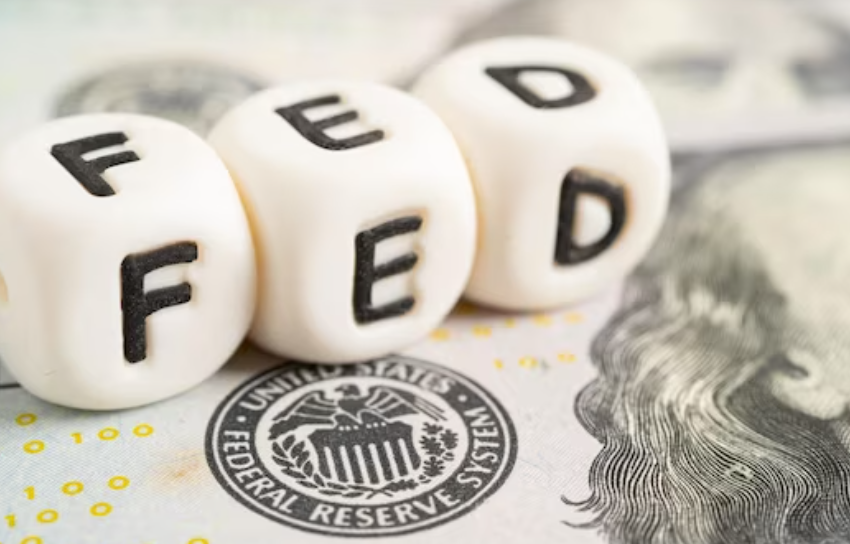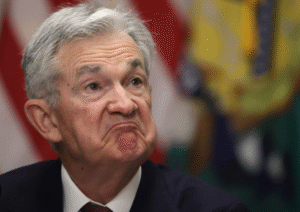#Bitcoin #FedRateCut #Cryptocurrency #EconomicIndicators #RiskOnAssets #MarketTrends #USJobData #InvestmentStrategy
In the realm of financial markets, the interplay between economic indicators and asset prices is a subject of keen scrutiny. The recent developments surrounding Bitcoin’s price trajectory serve as a compelling case study of this dynamic. Amidst a backdrop of weaker-than-expected US job data, anticipatory winds have begun to stir within the markets, suggesting a potential adjustment in monetary policy by the Federal Reserve. Specifically, there’s a burgeoning expectation for a 50 basis point cut in interest rates come September. This forecast not only highlights the direct relationship between economic performance and monetary policy but also underscores the sensitivity of risk-on assets, such as cryptocurrencies, to such macroeconomic indicators.
Bitcoin, the vanguard of the cryptocurrency market, has responded to these anticipations with a notable ascent, nearing the $57,000 mark. This price movement is emblematic of the broader sentiment within risk-on investment circles, where assets traditionally seen as higher risk seek to capitalize on the liquidity injections and lower borrowing costs that often accompany rate cuts. For investors and market observers, Bitcoin’s response serves as a barometer for the wider crypto space, reflecting how decentralized finance (DeFi) and digital assets are increasingly entangled with traditional financial market dynamics.
The nexus between weak US job data and speculative asset inflation is a profound one. Traditionally, poor employment figures signal a cooling economy, prompting the Federal Reserve to adopt more accommodative monetary policies to spur growth. In the present context, the expectation of a rate cut is predicated on this principle, with the aim of reducing the cost of capital, encouraging borrowing, and, by extension, stimulating economic activity. The anticipated rate cut, however, has a dual effect; while it may bolster economic activity by making borrowing cheaper, it also tends to devalue the currency, making assets like Bitcoin more attractive as a hedge against inflation and currency depreciation.
For cryptocurrency enthusiasts and investors, the current landscape offers a rich tapestry of insights. Firstly, it highlights the growing maturity of cryptocurrencies as they increasingly echo the movements and sentiments of traditional financial markets. Secondly, it underscores the importance of staying abreast with macroeconomic indicators and Federal Reserve policies, as these factors significantly impact asset valuations and investment strategies. Lastly, in a broader sense, Bitcoin’s reaction to the anticipated rate cut following weak US job data reaffirms the narrative of cryptocurrencies as both speculative investment vehicles and potential safe havens in times of economic uncertainty. As the market continues to evolve, understanding the intricate dynamics between economic indicators, monetary policy, and digital asset prices will be crucial for navigating the volatile landscape of cryptocurrency investment.







Comments are closed.